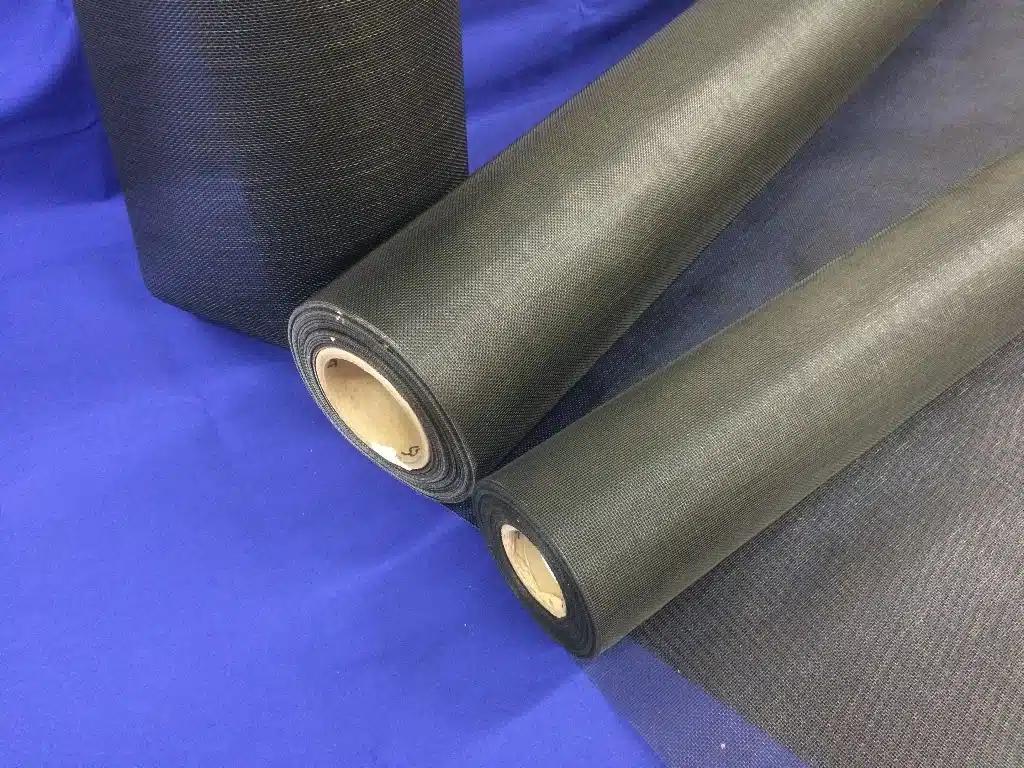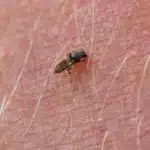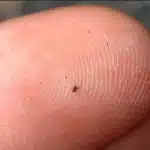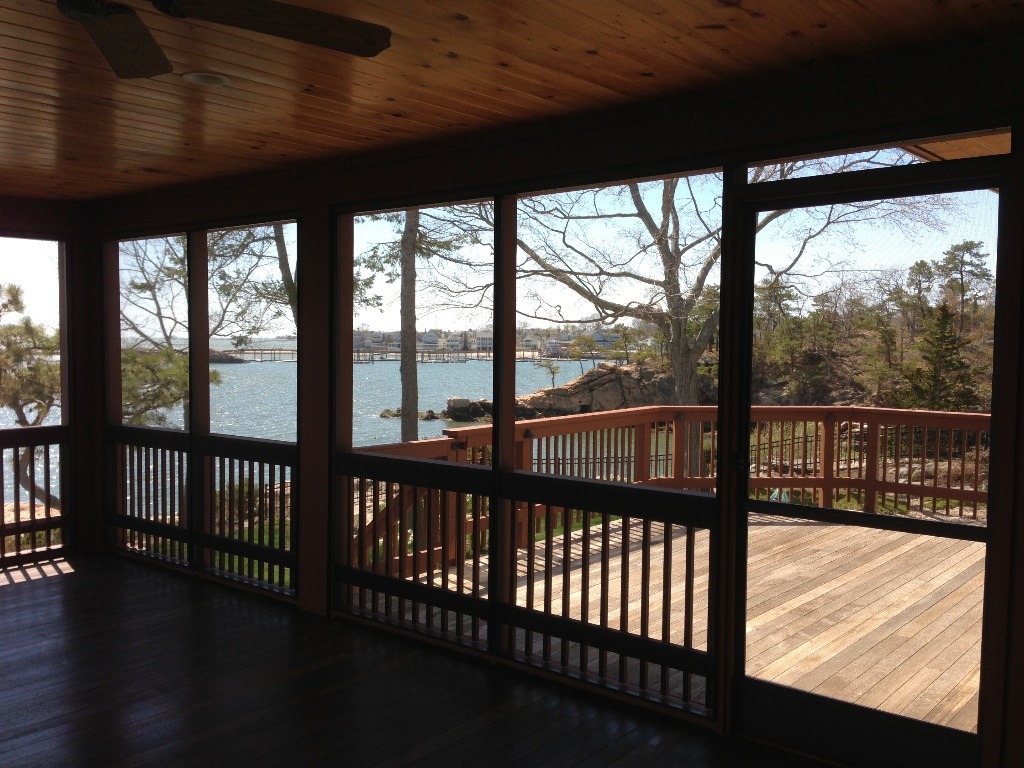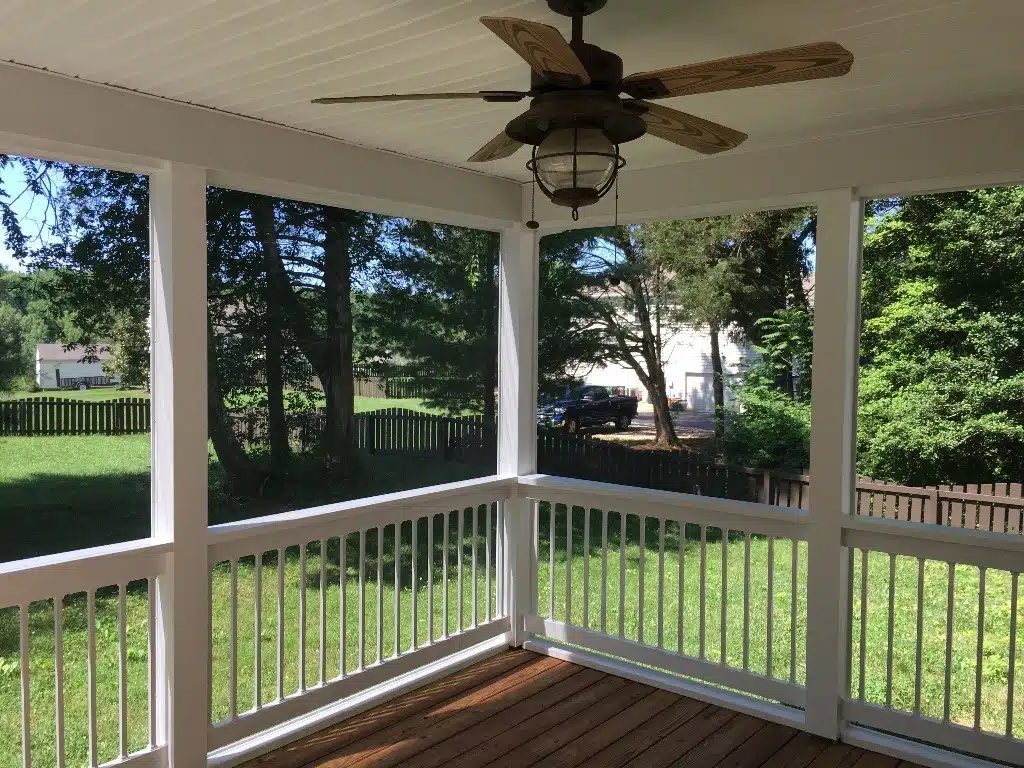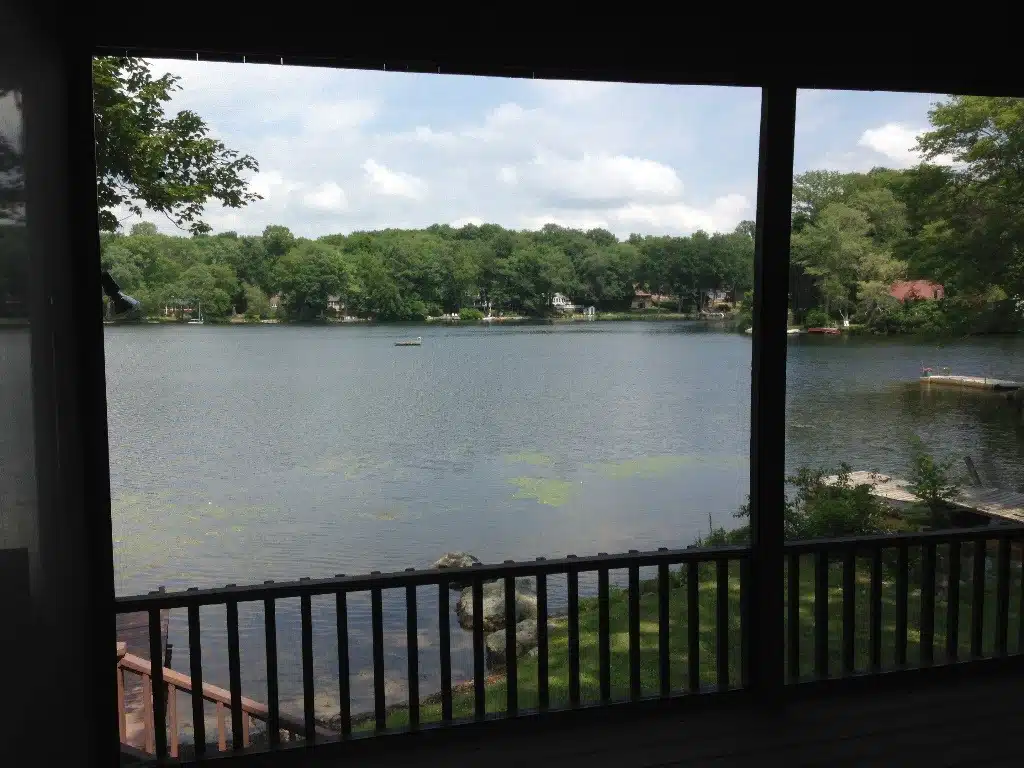Screen Porch Material
Screen material will also need to be selected when figuring your porch screening project. In some instances, the screen material selection may end up being the hardest choice to make. While there are many styles and types of screen material to choose from, you should limit your selection to either Fiberglass Screen or Polyester Screen.
Fiberglass Screen Material
Fiberglass screen material has long been a common choice for porches because it’s less expensive than metal screen. It’s also easier to install because of its flexibility and doesn’t crease or dent like metal screen mesh is prone to do. Some styles of fiberglass screen are available in roll widths up to 108” wide. The major downside to fiberglass screen materials is that it is not very resistant to abuse, will breakdown over time based upon UV exposure, and it can be damaged with improper installation.
The 4 most common fiberglass screen material include:
- High Clarity Screen: Excellent view / very low durability.
- Standard Window Screen: Good view / average durability.
- Pool & Patio Screen*: Good view / good durability.
- No-See-Um Screen**: Acceptable view / good durability.
Polyester Screen Material
Modern polyester screen materials are used far more than any other material with respect to porch screen applications. Polyester screen material has all the same benefits of fiberglass screen material (easy to install, flexible and doesn’t crease or dent) but it has the added value of superior durability. You literally cannot rip, tear or damage it. About the only way to damage polyester screen material is with a knife or sharp poker. All polyester screen materials are also "pet resistant". Additionally, polyester has a 10-year minimum expected life span - but +20 years is more realistic. It is also available in rolls far larger than Fiberglass – upwards of 10 or more feet wide.
The 3 most common polyester screen materials include:
- Pool & Patio Screen: Good view / superior durability. Considered the standard material for porch, patio, deck, and pool enclosure applications. Will prevent all typical bugs such as flies, mosquitoes, bees, etc. ( SHOP HERE )
- No-See-Um Screen: Acceptable view / superior durability. Used in applications where black flies (below left) or no-see-ums (below right) are present -or- when privacy is desired. Because the weave is tighter to stop smaller bugs, view is reduced noticeably. ( SHOP HERE )
- "Super" No-See-Um Screen: Acceptable view / superior durability. Offers the ultimate insect protection. Extremely tight weave stops even the tiniest of insects. Also used in applications where additional privacy is desired. Because the weave is extremely tight, view is reduced noticeably more than standard "No-See-Um screen". ( SHOP HERE )
Screen Material Recommendation
You should make your decision based upon budget, application, expected useful life, and potential abuse, etc. All 6 of the most common screen materials noted above will all work perfectly with SNAPP® screen and are all commonly available from most home centers or building suppliers.
Our recommendation to all customers is to use our Polyester Pool & Patio Screen, our Polyester No-See-Um Screen, or our Polyester "Super" No-See-Um Screen. Not because they are the only materials we sell, but because all three products have proven track record of durability and expected life. While the Polyester Screen may be more expensive up front, the useful life of the product makes it a far better value.
How will our Polyester Pool & Patio Screen look when installed ? (Most porches on the PHOTO PAGE have Polyester Pool & Patio Screen installed)
How to Clean Screen
Basic cleaning is required and should be performed as needed based upon your location and exposure to pollutants, debris, and usage. At a minimum, seasonal cleaning should be performed to ensure no buildup of pollen or debris.
Extrusions and screening should be hosed off as required to retain a clean appearance. Best practice is to hose off from the inside spraying water outwards if possible. If a more intense cleaning is required, mix 1 cup of mild detergent with 1 cup of bleach with 3 gallons of water. This can be applied with a soft sponge or soft car washing brush – after first spraying off as much debris as possible with your hose. Wipe or brush down all extrusions and screening using moderate pressure – heavy or intense scrubbing is not required. Hose off all areas thoroughly with clean water and let air dry.
Never power wash or use any harsh or caustic cleaners, stiff or abrasive brushes or scouring pads. The use of any other product or cleaning method beyond that which is specifically noted above may cause damage to screening or the applied extrusion finish.
